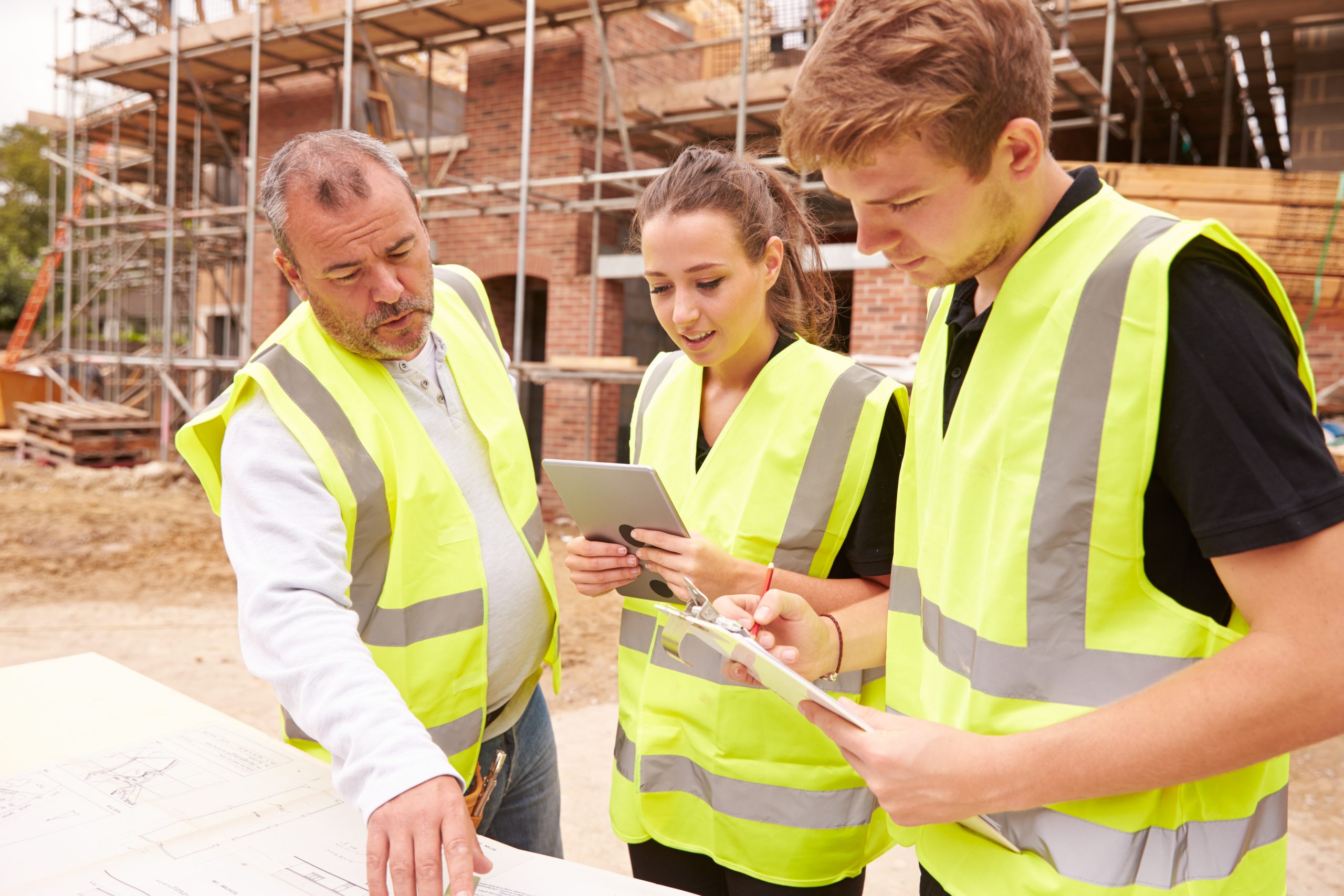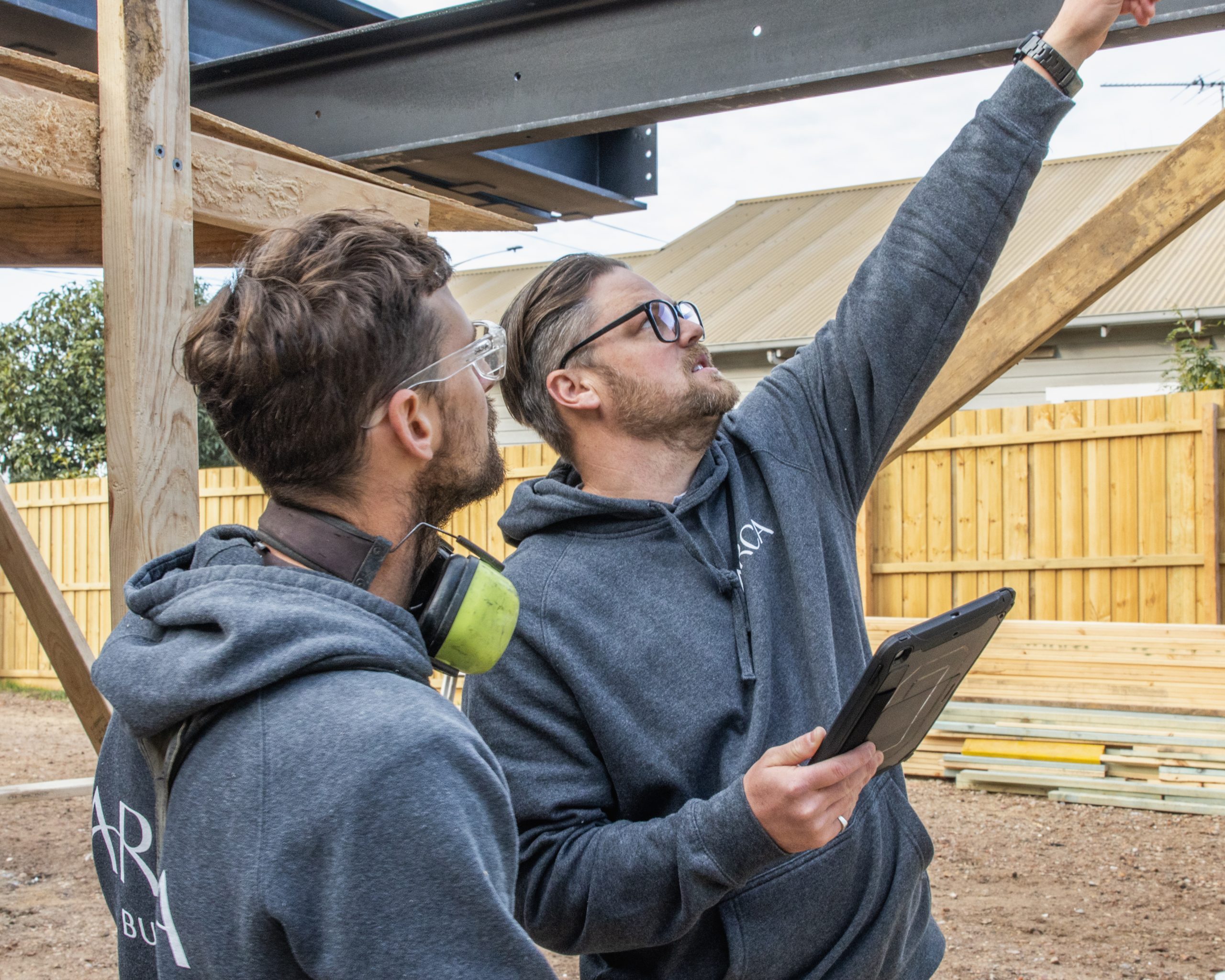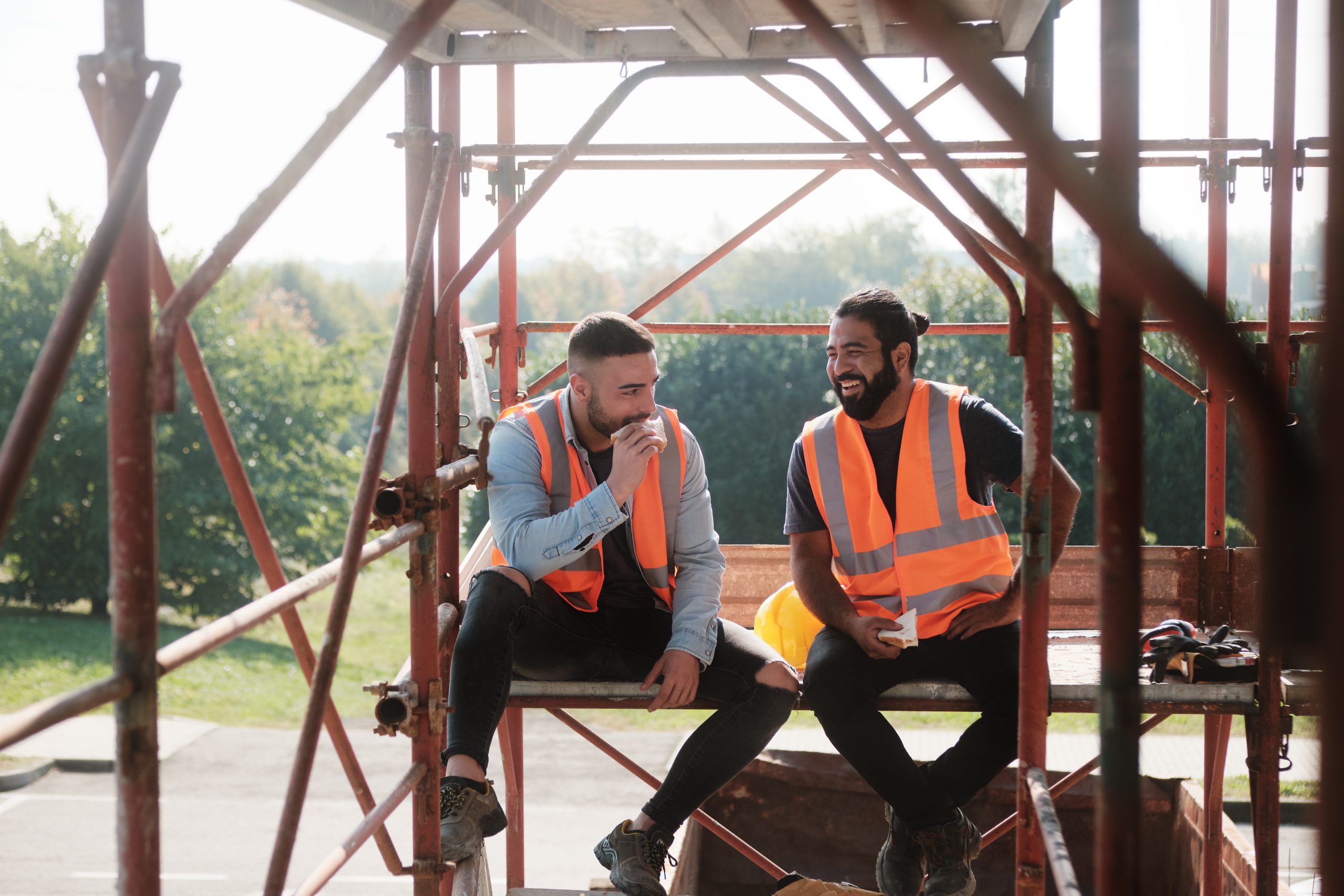
We hear myths and misconceptions about health and safety all the time. Let’s set the record straight on some of the most common ones we hear.
Back in the day we’d agree with you on this one, however times have changed. With a digital system (*cough*, HazardCo), you can complete your health and safety quickly and easily.
Did you know our members reduced health and safety admin time by 50% when they switched from paper systems? Our easy to use App will guide you through what needs to be done to ensure you’re on top of your health and safety.
The real cost is when someone gets hurt. ACC levies, time off site, replacing injured workers, potential prosecution, and damage to your reputation all add up fast. Investing in safety upfront actually saves money in the long run.
Just because you haven’t had an incident on-site for a while doesn’t mean it can’t happen. The more often you’re around the same risk, the easier it is to ignore it, but the danger is still there.
Construction sites are always changing, and with every stage of the build, new hazards can show up. That’s why it’s important to regularly check your safety measures and adjust them when needed, so you and your mates can keep working safely.
HazardCo members are proven to be four times as safe as the industry average, with tools that make it easy to stay on top of health and safety at all times. Learn about the common incidents on-site and how to reduce the risk.
Actually, it’s the opposite. Reporting hazards, near misses, and incidents shows you’re taking safety seriously and being proactive. WorkSafe NZ and clients respect businesses that are transparent and actively managing risk.
Each Safety Plan must be specific to the site.
Sure, some key hazards and risks will be the same across projects, therefore certain content may remain the same from project to project however, it’s essential that a site specific safety plan (SSSP) is created, reviewed and amended for each project.
On construction sites, the main contractor has overall responsibility for managing health and safety, but many businesses and people also share duties, from contractors and suppliers to building owners.
This means tasks like managing risks, consulting workers, providing training, reporting incidents, first aid, and emergency planning must be coordinated between all parties. Everyone involved has a legal duty of care, so it’s essential to consult, cooperate, and communicate clearly.
Setting safety expectations in contracts, preparing a Site Specific Safety Plan (SSSP), carrying out inductions, using tools like the HazardCo App for reporting and monitoring, and holding regular toolbox talks all help ensure workers are protected and legal obligations are met.
Every site is different. Even experienced workers need to know site-specific hazards, emergency procedures, hygiene facilities, and who’s in charge of what. A proper induction could prevent a serious incident on day one.
PPE is the last line of defence, not the solution. The hierarchy of controls shows us we should eliminate or isolate hazards first. Hard hats and hi-vis are important, but they don’t fix poor planning, unsafe site conditions, or inadequate training.
A near miss is an incident that could have caused harm but didn’t, and it’s just as important to report and record as an actual injury. Too often these are brushed off, but treating them seriously helps identify risks before they turn into something worse.
By encouraging near miss reporting, businesses can spot patterns, improve safety controls, and build a culture of open conversations about health and safety.
Using tools like the HazardCo App makes reporting quick and easy, adds incidents to a digital register, and allows them to be reviewed and discussed at toolbox meetings.
The more near misses are reported, the better prepared everyone is to prevent serious incidents and keep people safe on-site.
Remember, WorkSafe NZ may need to be notified of serious near misses too, not just actual incidents.
Health is often overlooked in construction, but it’s one of the biggest reasons workers take time off and businesses face extra costs.
Physical risks like heavy lifting, repetitive movements, awkward postures, or long hours can lead to musculoskeletal injuries (muscle and joint injuries) such as sprains, strains, and back or joint pain. These injuries can build up over time and account for around half of all ACC claims in construction.
On top of that, construction workers face health hazards like dust, chemicals, and noise, which is why monitoring workers’ health is so important. Poor health on-site affects not just the worker but also deadlines, team morale, and project costs. By planning tasks properly, rotating jobs, using the right equipment, and monitoring risks, businesses can keep workers safe, healthy, and more productive.
When you’re running a construction site, there’s already enough on your plate, the last thing you need is to be drowning in paperwork or missing a key safety step.
That’s why we’ve pulled together a straightforward checklist to keep your team safe, your site compliant, and your projects moving smoothly.
Think of this as your pre-game warmup. Get these things sorted before the first nail goes in:
Safety isn’t “set and forget” it’s about checking in regularly:
At the end of the day, good safety practices don’t just tick a compliance box, they keep your crew safe, reduce downtime, and save you headaches when auditors or regulators come knocking.
The best part? With HazardCo, you can ditch the endless paperwork and manage everything in one easy system.
Health and safety doesn’t need to be complicated. With the right systems in place, you can focus on building, while knowing your site is covered.
Download your free Builder checklist, or Trade checklist.
Want an easier way to stay on top of it all? Get in touch with us or start a free trial.
Your business is only as strong as your people. When workers get injured or struggle with stress, everyone feels it through missed deadlines, extra pressure, and lost skills on-site.
The good news? You can significantly reduce injuries and mental health struggles with the right approach.
Construction has some of the highest injury rates in New Zealand. Strains, sprains, and musculoskeletal injuries are the biggest issue, but they don’t happen in isolation. Physical and mental health are deeply connected. When someone’s stressed or struggling mentally, they’re more likely to get injured – they’re less focused, more tired, and more prone to mistakes. And when someone’s dealing with ongoing pain or injury, it takes a toll on their mental wellbeing. Nearly one in two New Zealanders will experience a mental health issue at some point in their lives, which means someone on your team right now might be dealing with both physical pain and stress feeding into each other.
It’s rarely just one thing that causes problems. Usually it’s a combination of factors working together.
Physical demands like heavy loads, awkward positions, and repetitive movements take their toll on bodies. Add in time pressure, poor planning, and long hours with no breaks, and you’ve got a recipe for injury. Missing or wrong equipment, cramped work areas, and continuous exposure to dust, noise, and vibration all contribute to physical harm over time.
The mental side matters too. Workplace bullying, harassment, and violence create serious harm. So does lack of recognition, unclear roles, poor support from management, and feeling isolated on remote sites. Money worries, relationship issues, and not feeling valued all add to stress levels.
When you look at it this way, you can see why just buying better equipment isn’t enough. You need to tackle the whole picture.
Most physical injuries in construction are preventable. The key is addressing the causes before someone gets hurt.
Mental health deserves the same attention as physical safety. Creating a supportive environment protects your team’s wellbeing and keeps productivity high.
Download our free guide: How to Build a Mentally Healthy Worksite for more practical tips you can use today.
You legally need to monitor your workers’ health if they’re exposed to dust, fumes, chemicals, noise, or repetitive movements. Regular checks for hearing, lung function, and vision can catch problems early before they become serious.
Continuous exposure to these hazards causes progressively worse health issues over time. This is why monitoring matters – it picks up problems like hearing loss, reduced lung function, or vision changes before they impact someone’s ability to work and live normally.
We’ve partnered with Habit Health to make this easier and more affordable. They offer discounted medical checks for HazardCo members, including hearing tests, lung function tests, and vision checks.
We’re here to support you. Get in touch with the HazardCo team or explore our resources and tools designed to make health and safety simple.
Thank you to everyone who entered our ‘Win a $4k Holiday’ competition during October. Keep an eye out in your inbox for our health and safety updates.
Congratulations to the winner:


